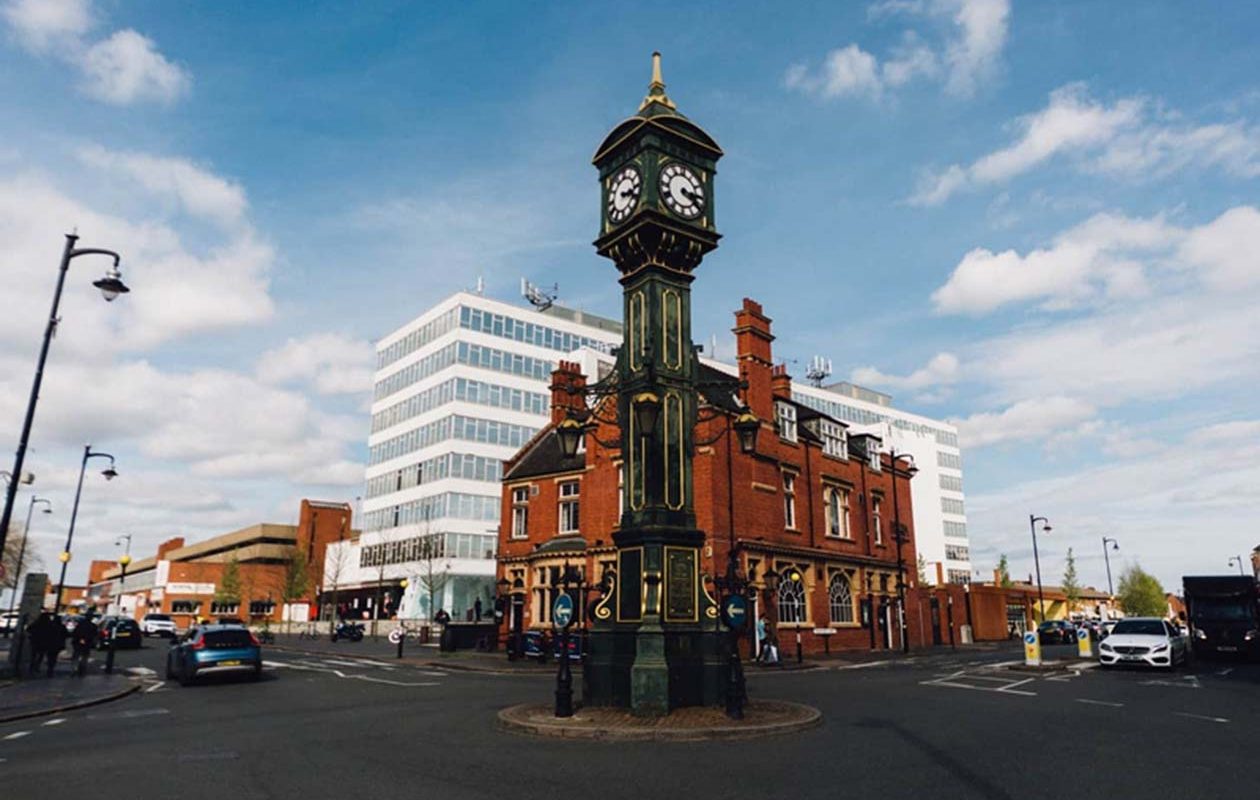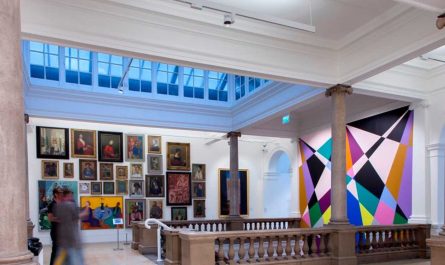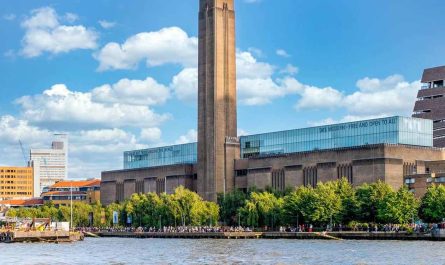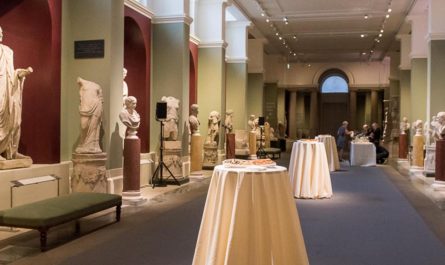When people think of England, the spotlight often falls on London’s grandeur, Oxford’s academic traditions, or Manchester’s football fame. Yet tucked in the heart of the country lies Birmingham—a city that has transformed from the “workshop of the world” into a vibrant hub of culture, food, shopping, and creativity. What makes Birmingham truly fascinating is the way it honors its industrial past while embracing a sleek, modern identity. During my journey, I discovered ten places that perfectly capture this balance and deserve a spot on every traveler’s itinerary.
1. The Birmingham Canals – More Than Venice?
One of the first surprises of Birmingham is its intricate network of canals. Locals love to point out that the city actually has more miles of canals than Venice. Once used to transport coal and steel during the Industrial Revolution, these waterways are now lined with chic bars, cafés, and converted warehouses. I spent a sunny afternoon strolling along Brindleyplace, where you can watch narrowboats glide by, sip a latte, and feel the city’s pulse slow down. For a deeper experience, hop on a canal boat tour—floating past modern architecture juxtaposed with red-brick industrial buildings offers a perspective you simply can’t get from the pavement.
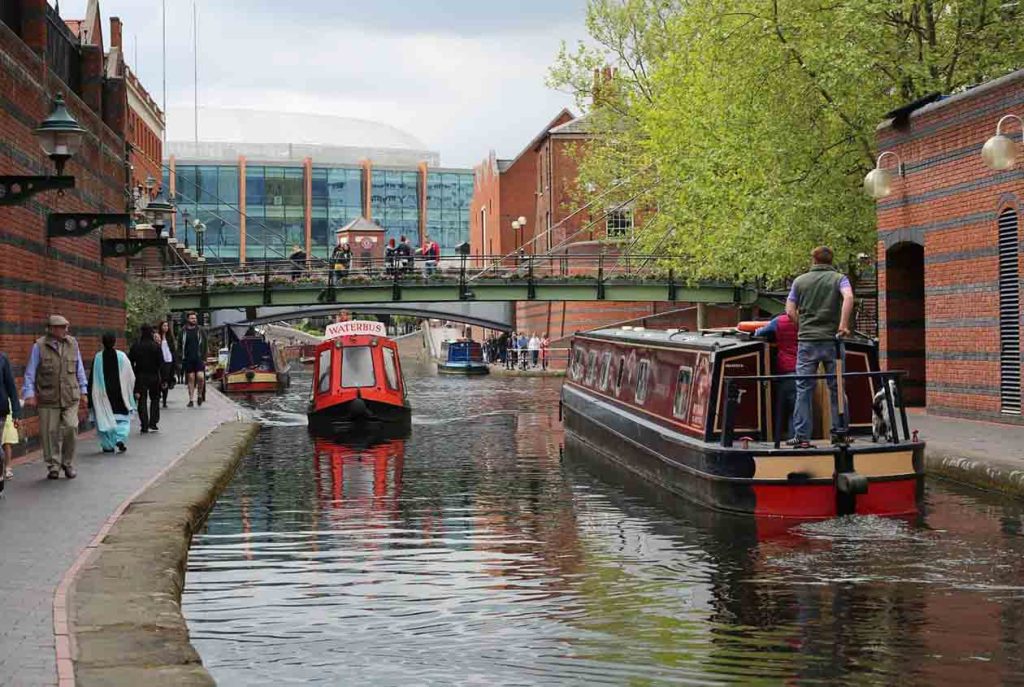
2. The Jewellery Quarter – Craftsmanship in Every Corner
Walking into the Jewellery Quarter feels like stepping into a living museum. Over 40% of the UK’s jewelry is still made here, and the area’s cobbled streets hide hundreds of workshops, galleries, and showrooms. The Museum of the Jewellery Quarter, set inside a preserved factory, offers a time capsule look into the lives of artisans from a century ago. I watched goldsmiths at work and even tried my hand at shaping a silver band—a memory as valuable as the jewelry itself. Beyond its glitter, the district buzzes with independent coffee shops, vintage stores, and creative studios, making it perfect for both shopping and wandering.
3. Birmingham Museum & Art Gallery – Home of the Pre-Raphaelites
For culture enthusiasts, the Birmingham Museum & Art Gallery (BMAG) is non-negotiable. Its reputation rests on having the world’s largest collection of Pre-Raphaelite art, with works by Burne-Jones, Rossetti, and Millais. Standing before Burne-Jones’s sweeping canvases feels almost cinematic, a reminder of the city’s role as a patron of the arts even in its most industrial days. The museum also houses Anglo-Saxon treasures like the Staffordshire Hoard, linking Birmingham’s story to centuries of English history. Admission is free, which makes it an easy and enriching stop.
4. The Library of Birmingham – A Modern Icon
If BMAG represents heritage, the Library of Birmingham is a shining symbol of the city’s modern ambitions. Designed by architect Francine Houben, its golden lattice exterior dominates Centenary Square. Inside, the building’s futuristic spiral walkways lead to rooftop gardens with panoramic views of the skyline. I found myself equally captivated by the hush of readers exploring rare archives and the buzz of families using the children’s spaces. On the top floor sits the Shakespeare Memorial Room, a Victorian chamber carefully moved from an earlier library—a perfect metaphor for Birmingham’s fusion of past and present.
5. Cadbury World – Chocolate Dreams in Bournville
Just a short train ride from the city center, Bournville is home to Cadbury World, an immersive attraction built on the legacy of the Cadbury family. More than just a chocolate factory, it tells the story of how Quakers like the Cadburys combined business with social responsibility, building housing and parks for their workers. The exhibits blend history with fun, from riding in a “chocolate bean car” to sampling fresh, molten Cadbury chocolate. For anyone traveling with children—or simply anyone with a sweet tooth—this is a joyful stop that leaves you with both sugar rush and admiration for a company that reshaped workers’ rights.
6. Symphony Hall – Music in its Purest Form
Birmingham has always been a musical city, and Symphony Hall is its crown jewel. Known worldwide for its acoustics, it hosts performances ranging from the City of Birmingham Symphony Orchestra to international jazz stars. Even if classical music isn’t your passion, catching a concert here is a revelation. The clarity of sound, the soaring architecture, and the energy of a live performance all combine to create an unforgettable night. I was fortunate enough to attend a performance of Beethoven’s Fifth Symphony—the opening notes reverberated so purely that it felt like time paused.
7. The Custard Factory – Creativity Reborn
In the heart of Digbeth, once Birmingham’s industrial quarter, lies the Custard Factory. As the name suggests, it was once Alfred Bird’s custard factory, but today it has been transformed into a creative hub full of independent shops, street art, co-working spaces, and quirky cafés. Walls are splashed with bold murals, and on weekends, pop-up markets bring together vintage clothing, vinyl records, and handmade crafts. This is where you see the city’s youthful energy most vividly. It’s edgy, playful, and a testament to how industrial spaces can reinvent themselves without losing character.
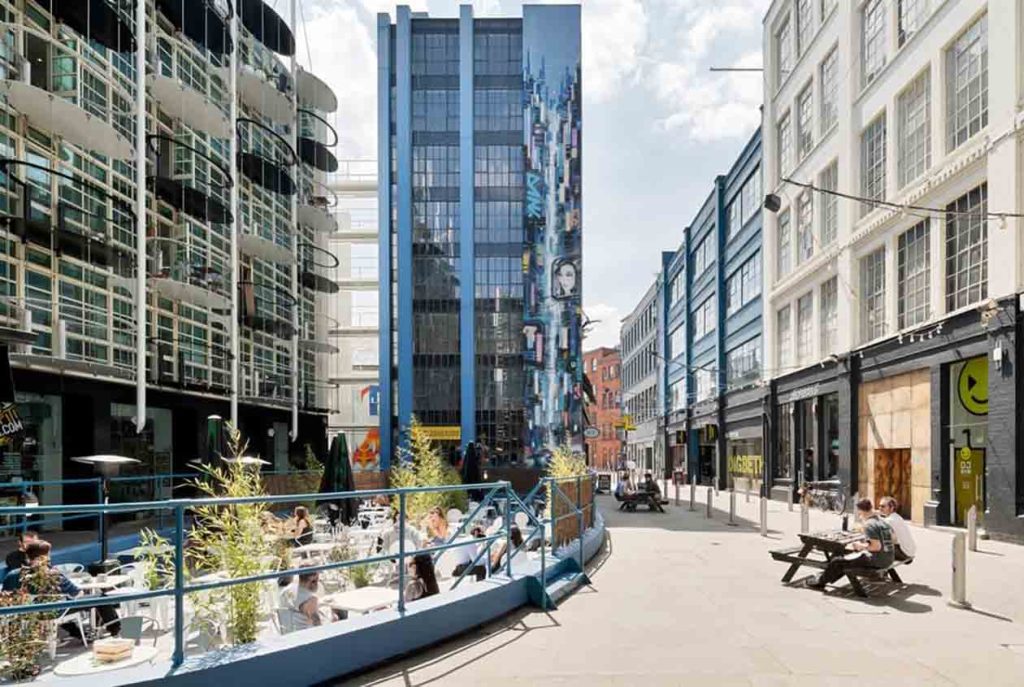
8. Aston Hall – A Jacobean Treasure
Not all of Birmingham’s history is industrial. Aston Hall, a beautifully preserved Jacobean mansion, offers a glimpse into aristocratic life in the 17th century. Set in landscaped gardens, the red-brick house is filled with period furniture, tapestries, and portraits. One of its most striking rooms is the Great Hall, with an oak hammerbeam roof and large mullioned windows. Aston Hall’s walls bear scars from the English Civil War, making it a tangible reminder of the turbulence that shaped Britain. Wandering through its rooms feels like time travel, providing a balance to the steel and smoke that usually dominate Birmingham’s story.
9. Thinktank Birmingham Science Museum – Where Kids Become Scientists
Traveling with children—or simply curious at heart? Thinktank is one of the UK’s best interactive science museums. Exhibits range from a full-sized Spitfire aircraft (built in Birmingham during WWII) to a planetarium that takes you through the stars. What impressed me most was the way it connects Birmingham’s industrial achievements with modern technology. Kids were building robots, while adults marveled at medical innovations. The energy inside was infectious, proving that science and fun don’t have to be opposites.
10. Bullring & Grand Central – The Beating Heart of Modern Birmingham
Finally, no trip to Birmingham would be complete without experiencing the Bullring & Grand Central. This shopping complex, with its iconic Selfridges building clad in silver discs, is a masterpiece of modern design. Inside, it houses high-street favorites, luxury brands, and an endless variety of dining options. But more than just a mall, it’s a gathering place where the city converges—teenagers hanging out, families dining, and travelers picking up last-minute gifts. From here, Birmingham feels like a truly global city, proud of its past yet firmly focused on the future.
Reflections on Birmingham
What struck me throughout my time in Birmingham was how the city never tries to erase its industrial roots. Instead, it embraces them wholeheartedly, turning the remnants of the Industrial Revolution into something that feels not only relevant but inspiring. Former factories are reborn as creative hubs filled with art, design, and youthful energy. The historic canal system, once the arteries of coal and steel transport, now invites locals and visitors to linger at waterside cafés or take slow boat rides that reveal the city from a different angle. Even the clang of steel, once the soundtrack of endless industry, finds new life in the soaring symphonies performed at the city’s concert halls. Every corner tells a story of resilience, adaptation, and reinvention.
Unlike cities that rely on a single narrative—be it royal grandeur, academic tradition, or seaside charm—Birmingham thrives on contrasts. It is a place where opposites coexist and complement one another. You can admire Victorian art in the morning at the Birmingham Museum & Art Gallery and then spend the afternoon in the futuristic Library of Birmingham, whose glass-and-metal exterior looks like something out of a sci-fi film. One moment you’re wandering through the Jacobean elegance of Aston Hall, the next you’re immersed in the playful sweetness of Cadbury World. That ability to span centuries of history and culture in a single day is what makes Birmingham truly unique. Here, heritage and innovation are not at odds but in constant dialogue, reminding you that progress doesn’t have to mean forgetting where you came from.
What also makes Birmingham so rewarding is its inclusivity. It is a city that has always thrived on diversity—first through the global trade networks of its industrial past, and now through its multicultural communities that bring flavors, festivals, and traditions from all over the world. Food lovers can find everything from Michelin-starred dining to bustling street markets. Families discover interactive science museums and child-friendly attractions, while art lovers lose themselves in both historic galleries and edgy street art in Digbeth.
Whether you are a history buff, a foodie, a culture vulture, or simply a traveler looking for something authentic, Birmingham offers layers to peel back and surprises waiting at every turn. These ten attractions only scratch the surface, but they provide the perfect introduction to a city that has shaped—and continues to shape—the story of modern Britain. To walk through Birmingham is to experience a city that remembers its past, celebrates its present, and builds confidently toward its future.
